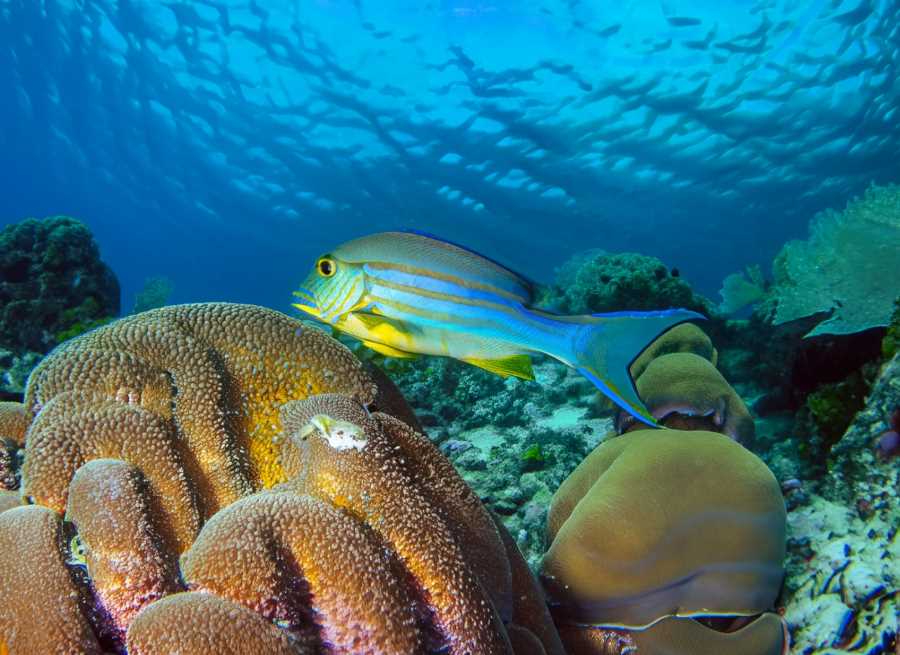A Look into the Mind-Boggling Fauna of Islas Marías
Islas Marías is a living archive of Earth's evolutionary marvels, teeming with more than 350 species of fauna—from elusive sharks to fearless rabbits that don't flee at the sound of human footsteps. This breathtaking diversity serves as both a sanctuary and a challenge.

Set amidst the aquamarine embrace of the Pacific Ocean, the Islas Marías archipelago is not just a stunning geographical wonder—it's also a hotbed for marine biodiversity. This tropical Eden, located about 60 miles (ca. 97 km) off the coast of mainland Mexico, teems with an array of sea life that ranges from the common to the exotic. Much of this is vital to both local ecosystems and larger oceanic networks.
It's important to broaden the lens and recognize that Islas Marías is a microcosm of biological diversity that extends far beyond its underwater realms. Astoundingly, this archipelago is home to more than 350 species of fauna. The eclectic mix includes 78 birds, 21 sharks, 4 species of turtles, 10 rays, 16 species of corals, 32 sponges, 38 annelids, 30 mollusks, 10 echinoderms, 21 sharks, 10 marine rays, 7 marine mammals, 21 terrestrial mammals, 4 amphibians, 19 reptiles, 23 arachnids, and 60 insects.




